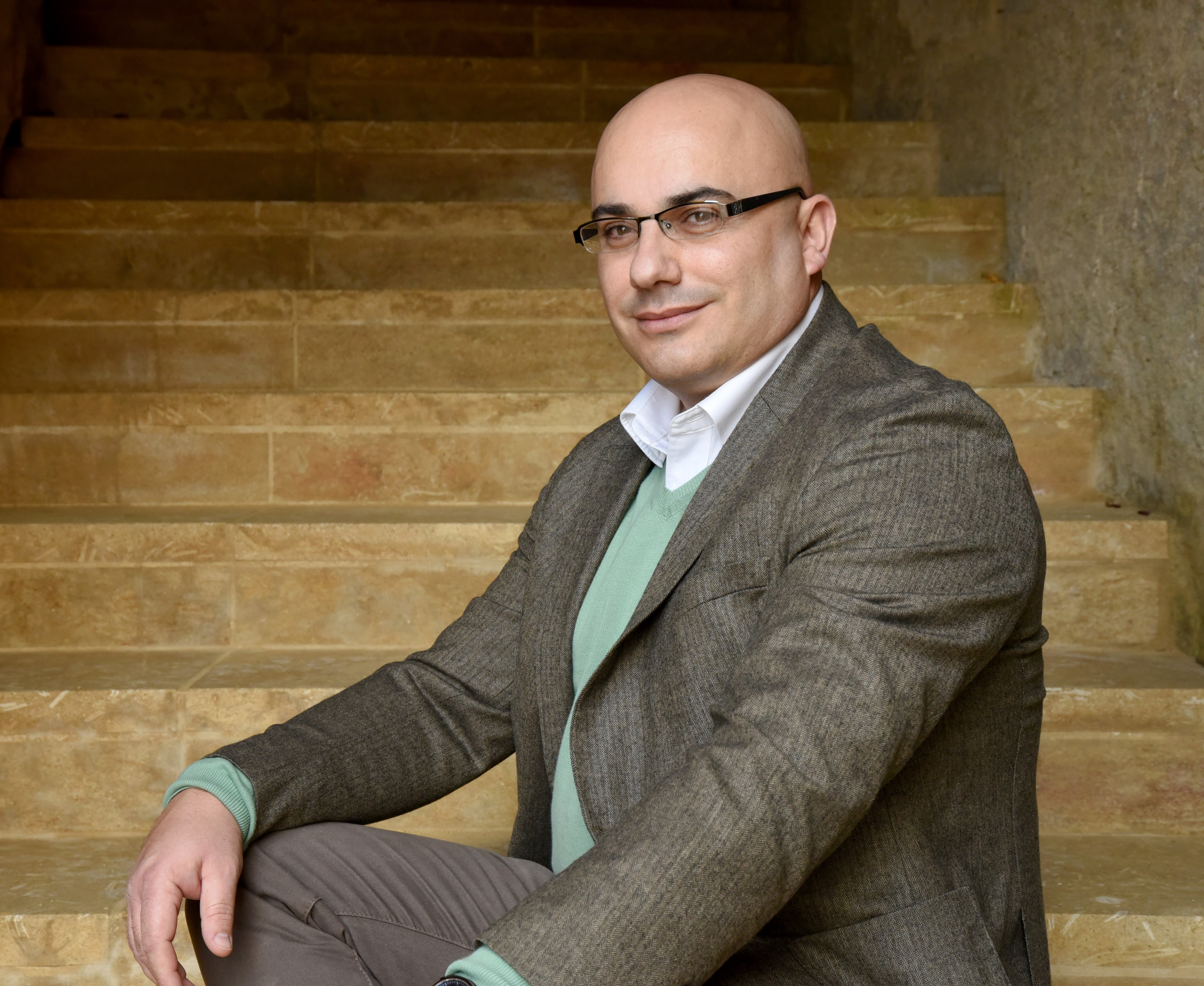
Charles Daniel Saliba
Dr Charles Daniel Saliba is a full-time academic serving in the grade of Senior Lecturer II at the Malta College of Arts, Science & Technology, where he lectures on the Maltese language and pedagogy. Saliba has taught Maltese language, linguistics, literature, and Maltese as a foreign language at secondary schools, post-secondary schools, and tertiary institutions for more than 23 years. He has made a significant contribution to the Maltese language and culture via his research as well as the large number of books which he has published focusing on the teaching of Maltese as a native or foreign language. He specialises in teaching Maltese as a foreign language and published the Maltese for Foreigners series (three syllabi and 22 textbooks with audio files), the first level of which was translated into an Italian version titled Maltese per Stranieri and a German version titled Maltesisch für Ausländer. He also published another textbook series, Maltese as a Foreign Language for Juniors, specifically designed for children. For more information, visit: CharlesDanielSaliba.com
Key Note Speaker: The History of the Maltese Language
Il-Malti is the national language of the Maltese Archipelago, which consists of the islands of Malta, Gozo, and Comino. It is a mixed language which reflects the history of the Maltese islands. The Maltese islands’ size and their geostrategic position, midway between North Africa and Sicily, made them susceptible to different conquerors; thus, the Maltese language reflects linguistic and ethnic blending. In fact, it began as an Arabic dialect, acquired a Romance superstratum from Romance-speaking rulers, and added an English adstratum through British colonisation. These linguistic influences mutated into the unique il-Malti, which is one of the official languages of the Maltese islands. It is the sole Semitic language that is written in Latin script and the only one that is recognised as an official language in the European Union. In this presentation, I will address the historical developments that led to the formation of the Maltese language and analyse its different linguistic aspects, mainly its lexicon and morphology.

